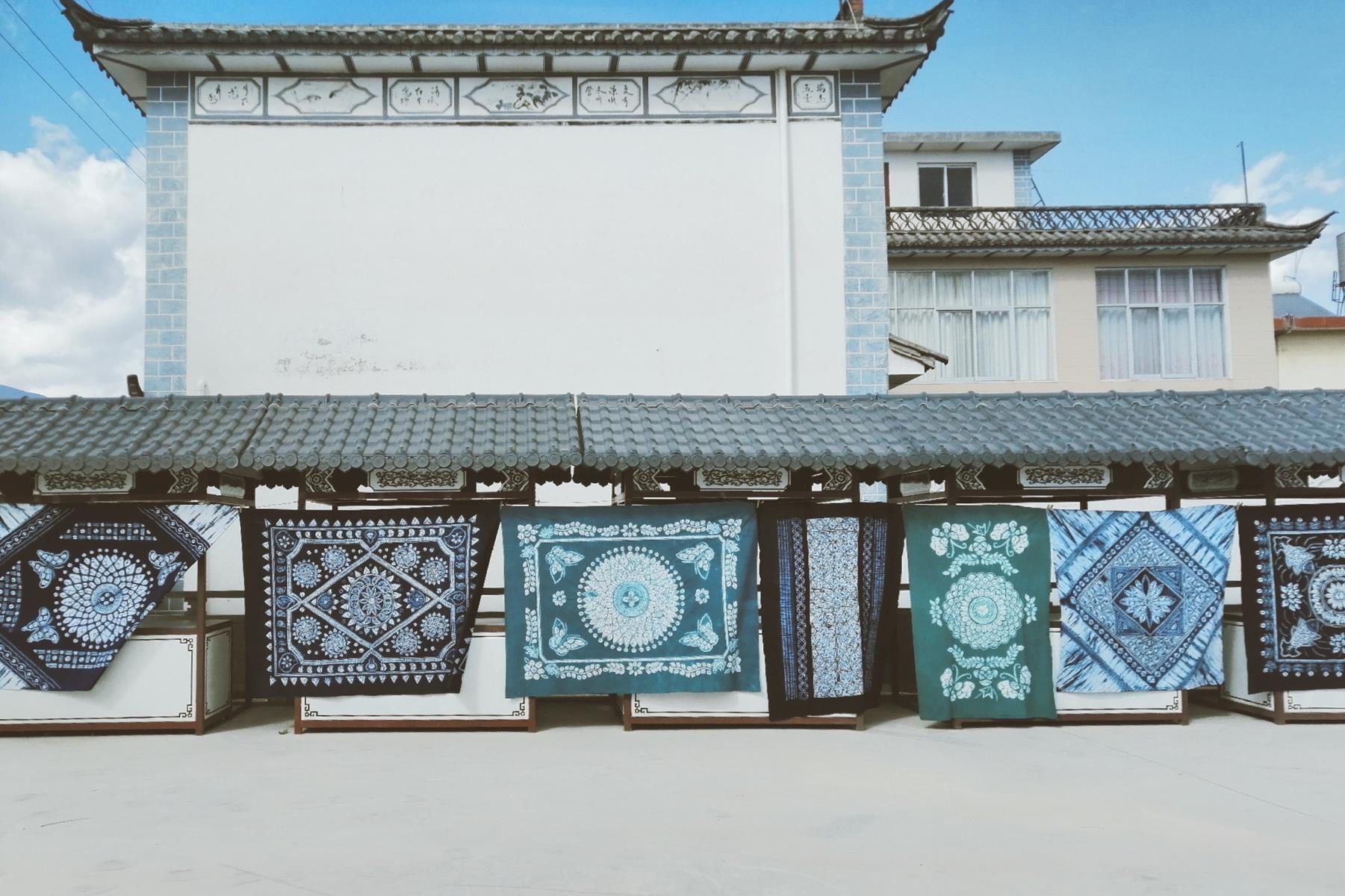





It is rare to find a rural town such as Xizhou in Yunnan province. It is not only one of the birthplaces of national capitalism of Bai people, but also one of the famous hometowns of overseas Chinese in Yunnan. It is almost impossible to understand Dali and the Bai ethnic minority unless you make a trip to Xizhou Ancient Town.

Xizhou Ancient Town, a community consisting mainly of the ethnic Bai people, is noted as one of the cradles of Dali's culture and has nourished many Dali merchants.
Going back as early as the 'Tang Dynasty (618-907), the ancestors of the Bai ethnic group had already begun to live there in concentrated numbers. During the Qing Dynasty (1644-1911), Xizhou was an important trading town along the Tea Horse Trail. Businessmen in Xizhou started doing trading in horse caravans and accumulated their initial wealth on a road marked with hardships and struggles.

Leaning against Cangshan Mountain in the west and facing Erhai Lake in the east, Xizhou is a renowned town with the Bai characteristics both at home and aboard. Xizhou is like a book, which had recorded some traces of past glory with preserved houses and streets.
At the entrance to Xizhou, a magnificent structure catches the attention of visitors. It is a two-storey building made of wood and brick. The second floor is an attic of horizontal inscribed board. The first floor is a corridor, leading people into the history.

Walking along the slate road, sauntering though the winding alleys, visitors can have a good look at the delicate and intricate designs on the walls. Dwellings in Xizhou highlight art decoration inside the buildings. The eaves, carved wooden doors and windows, delicate walls, coloured and marble paintings and wells are very exquisite and beautiful, making Xizhou full of artistic charm.

The homes of Bai people in Xizhou are also worth a visit. Unique in design with three huts, and one screen wall, four sides, and five courtyards, the houses, as a whole, absorb the residential features of western and regions south of the Yangtze River, making the dwellings distinctive and functional.

The basic form of a Xizhou Bai folk house are a triangle and quadrangle-shaped courtyard. The former is the most common, consisting of three houses and one wall. The quadrangle courtyard has four houses around the four sides, and the “Yan Jia Da Yuan” (严家大院) is the most typical one. About 99 architectures built between the Ming and Qing dynasties still remain intact.

In Xizhou, visitors can also experience a genuine tea ceremony of the Bai minority. Sandao Tea is a must-try. It consists of bitter, sweet and after-taste tea, symbolising the whole life of the people.
Xizhou cake, known locally as “Po Su”, is made of wheat flour, lard and soda. It is shaped into a circle, with brown sugar or ham added to create two varieties, sweet and salty. It needs to be cooked on both sides on a hanging stove for minutes until it becomes golden and crispy.
In Xizhou, there is a variety of trees called Ficus Altissima, which is uncommon in northern China. It has always been regarded as a token of a thriving village in the eyes of the Bai people. When autumn steps in, white egrets perch on the trees, creating an amazing sight in Xizhou.
Xizhou Town, Dali city, Dali Bai Autonomous Prefecture, Yunnan province
1. How to get there: Get on the minibus from the Ancient City of Dali or Xiaguan Town. It takes you about one hour to reach Xizhou Town from Xiaguan Town.
2. Best time to visit: in the spring (generally from March to May), when many festivals are held.
3. Recommended time for a visit: four to five hours.












